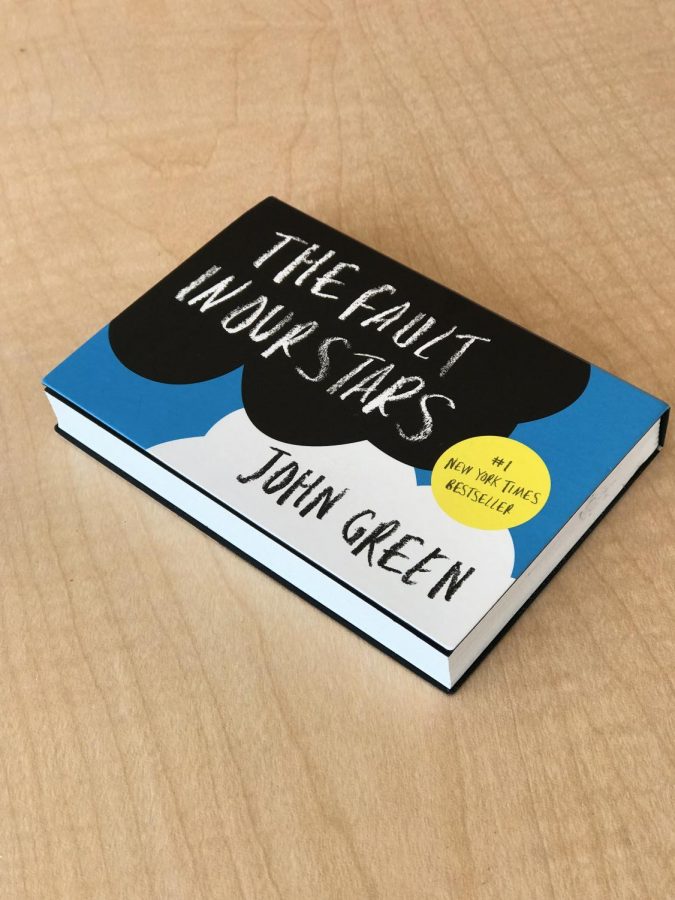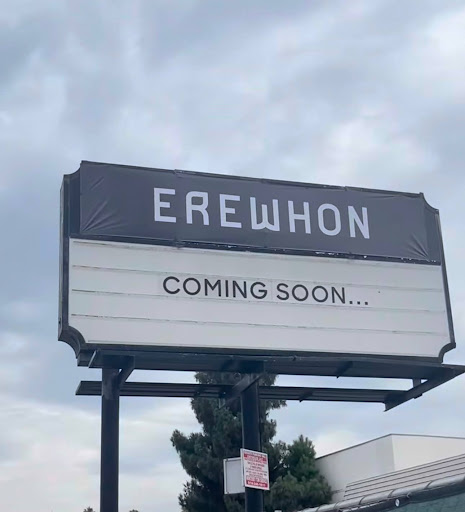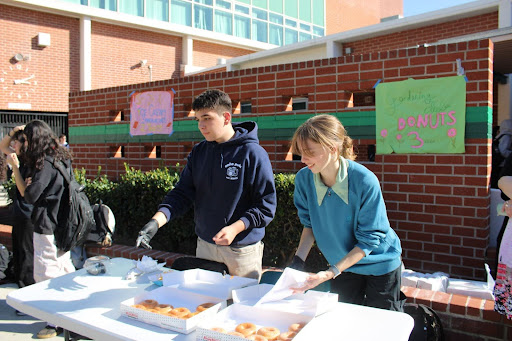Revolutionizing the paper book
Dutch Flipback headlines bookstores in hopes of intriguing a new generation of teenage readers
John Green’s popular YA novel, The Fault in Our Stars, printed completely in mini format.
“The book is like the spoon, scissors, the hammer, the wheel. Once invented, it cannot be improved,” said Italian novelist Umberto Eco. However, Dutch publishers of the international dwarsligger, or “mini book,” would beg to disagree. Upon bringing their radical concept to the United States, these diminutive books have quickly garnered attention not only from nationwide bookstores but from teenagers as well due to their innovative design and convenient size.
The series of mini books named Dwarsliggers originated in the Netherlands in 2009 and quickly gained popularity for their uncommon yet practical miniature format. The name itself directly translates to “troublemaker” in Dutch and was specifically designed to attract the attention of an adolescent audience with its pocket-size, horizontal design. Each book measures one fourth the size of a regular paperback and is printed on thin paper, similar to onion skin, that flips upward instead of across like swiping a smartphone. The book is designed to mimic the typical cell phone experience and is available in 350 different titles with mini editions of popular contemporary authors like Agatha Christie and F. Scott Fitzgerald. After its immense success in the Netherlands, the Dwarsligger also spread across Europe selling around 10 million copies in the last decade.

Although only as wide as your thumb, the flipback is a complete copy of a regular novel on thin paper and printed horizontal.
Its most recent debut has been in the United States two months ago under the name Flipbacks. John Green, one of the biggest young-adult authors in the world, was offered to guinea pig the flipback in the United States back in October. Green, who was already familiar with the dwarsliggers from when he lived in Amsterdam, agreed to pioneer the flipback experiment to his devoted young fan base both online and in print. The publisher, Dutton Books for Young Readers, took on the complicated task of adapting Green’s four bestselling novels—The Fault in Our Stars, Looking for Alaska, An Abundance of Katherines, and Paper Towns— to fit the new format and still be easily readable.
For any multitasker like myself, the flipback conveniently only requires one hand to flip through the pages (when they don’t stick together). Unlike regular books, it is very lightweight so that it didn’t tire my hand. The book is also put together with a special spine that acts like a hinge, allowing the book to stay open and the pages to turn effectively. The flipback’s size is also quite useful as it fits in virtually any bag, purse or pocket and doesn’t take up much space. Despite being a paperback, the flipback has a durable covering and just like with phones, readers can take the book anywhere making it more portable than the conventional book.
However, there are a couple downsides to the mini books in that there isn’t any way to effectively bookmark your place while reading, and even Post-its threaten to tear the delicate pages when peeling them off. Even when I did find a way to mark their spot, the marker often slips out by the time you pick the book up again. The insanely thin pages also tend to stick together and you have to watch out so as not to grab two pages instead of one. However, these flaws are but miniscule impediments to the great potential the dwarsligger has in the publishing industry.
The flipback’s portable size and ingenious design provides readers with yet another reason to indulge in their bookworm desires on the go. With the growing popularity of the dwarsligger overseas, one can only hope the trend advances in the United States and acquire the same wide variety of book titles in upcoming years.

Hobbies: Reading mystery novels and traveling
Favorite shows: Find me the time to watch shows and I'll tell you
Places you want to travel to: Dubrovnik,...













